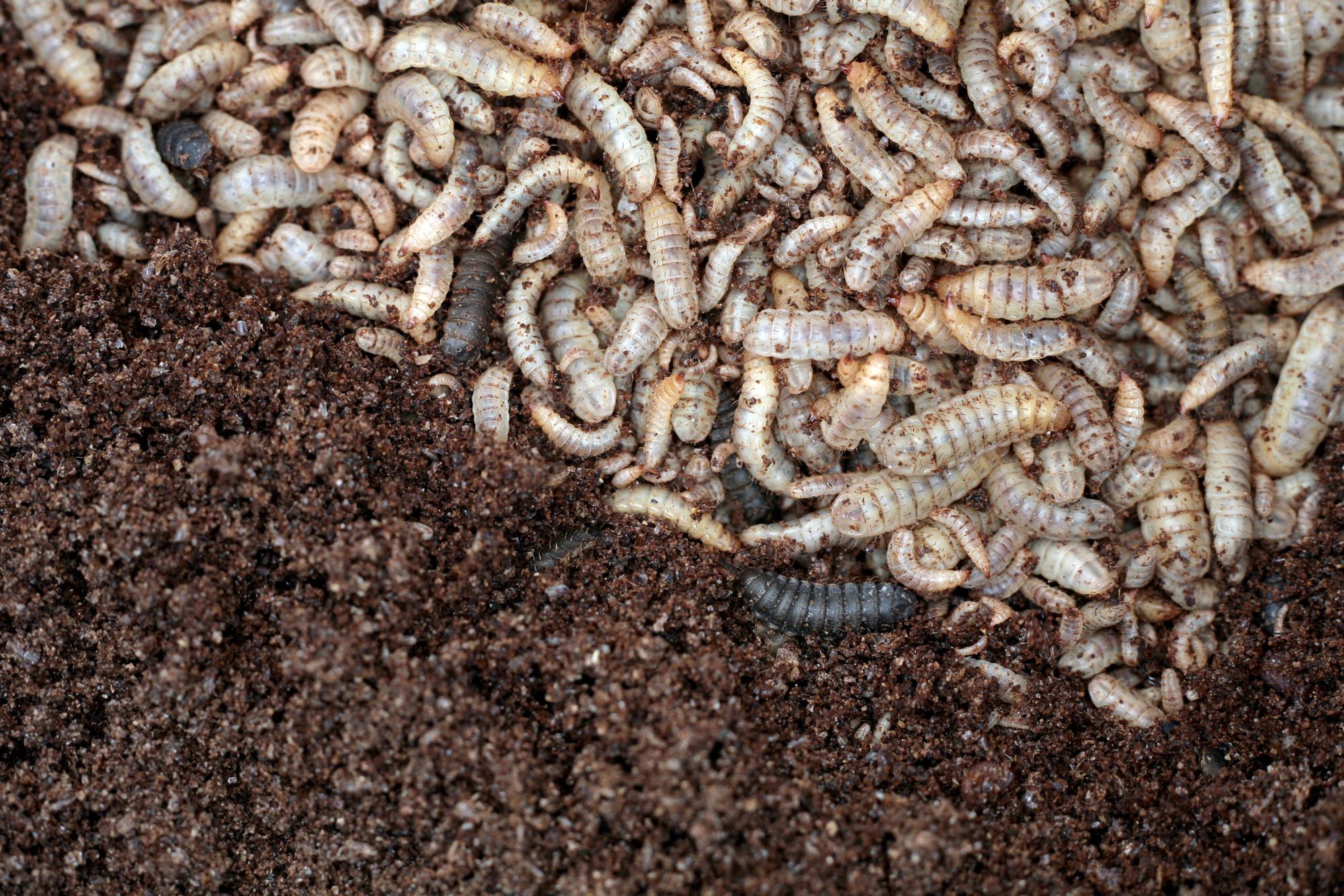Commonly seen as a pest, nuisance and source of contamination, insects have a reputational issue. In the age of Mortein and Louie the Fly, we don’t blame you for getting the creepy crawlies…but we would like to challenge you to think differently about six-legged creatures.
Before you make a bee line for the bug spray, hear us out. Insects play a fundamental role in our ecosystem. They pollinate plants, disperse seeds, contribute to biological control of pests, maintain soil structure, provide a food source for amphibians, reptiles, birds, and mammals, and even help to breakdown organic matter. That’s right! Worms aren’t the only decomposers in town.
Do the insects in your compost bug you? Give them a second chance.
Insects play an important role in the composting process. From slaters to fly larvae, snails and mites, most critters visit your compost to give microorganisms and worms a helping hand as they work to convert organic matter into compost. Ecological teamwork makes the dream work! Insects such as beetles may also act as predators. This isn’t a bad thing as a healthy population of predators means a healthy population of insects! That said, when compost reaches a certain stage of decomposition (the thermophilic ‘high-temperature’ phase), the high temperature levels are too hot for many insects to call home. You will see natural changes in your insect population throughout the composting process. So, if your insect population declines, there is no need to get a bee in your bonnet!
The other great thing about insects is that they are also a handy indicator of compost conundrums. If a certain species begins to take over, this generally suggests that you might have an imbalanced compost. Commonly, moisture levels are too high and/or pH levels are too low (vinegar and fruit fly infestations, we are looking at you 🪰). We have some handy hints on this here.
The new (high protein) kid on the compost block
Now don’t get us wrong…we love our wrigglers! However, larvae also have our compost hearts and here is why: efficiency. Black soldier flies (Hermetia illucens) are approximately 15 mm long, black and a little wasp-like in looks. They feast on nitrogen-rich organic matter such as food scraps and tend to flitter about the compost pile in search for the right location to lay their eggs. This generous gift to your compost is worth welcoming because the consequent black soldier fly larvae (BSFL) are munching machines and can help to process your scraps far more quickly than worms. The frass leftover (a mixture of BSFL faeces, exoskeletons, and substrate residue) has compost-like properties and can be used as a soil-amendment or fertiliser. However, there is another (often surprising) product of BSFL farming...protein.

BSFL, along with other insects such as yellow mealworm larvae (Tenebrio molitor) and house crickets (Acheta domesticus), are a great source of high-quality protein, fats, and micronutrients. Raised on food waste with little land and water, they produce less greenhouse gas emissions and have a higher food conversion rate than traditional livestock such cattle and sheep (read more about the environmental benefits here). There is consequently increasing interest in rearing insects for human consumption, or as a protein source in feedstock mixtures.
Out of the compost and onto the dinner plate
The practice of eating insects, often referred to as ‘entomophagy’, isn’t new. From larvae to cicadas, ants and caterpillars, insects have been eaten for thousands of years and, while bugs aren’t common for breakfast in Australia, they remain a part of everyday diet for millions of people worldwide. So, why aren’t we eating insects? It mostly comes down to negative connotations and a lack of familiarity with insects as food. It is therefore no surprise that when faced with the idea of eating insects, many feel a sense of disgust and relate insects with negative qualities (e.g., gooey and chewy). Despite these perceptions, insects have a culinary flair! Depending on the species and how you cook them, they have a range of flavours (from green apple to roast chicken and even popcorn) and textures (from crunchy to chewy). Chef Joseph Yoon has some great resources if you are looking to give insects a go!

At the end of the day, insects are more than a pest, nuisance, and source of contamination. They are an important part of our ecosystem and may play a valuable role in our food future. If the idea of eating insects gives you butterflies, you don’t need to pick up a fork today. But, we encourage you to think about them differently. Whether in the backyard, compost, or kitchen, give insects a buzzing chance!


